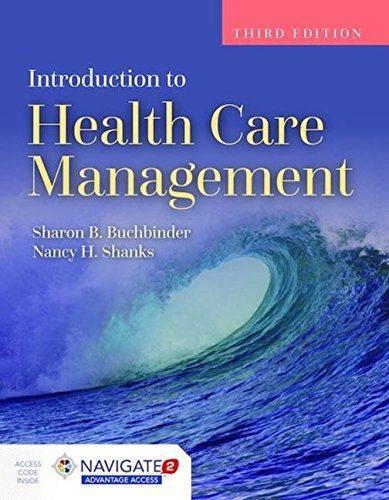Answered step by step
Verified Expert Solution
Question
1 Approved Answer
The Family Self-Sufficiency (FSS) program is administered by housing authorities [like NYCHA] who employ case managers/coaches to work with participant households to develop individualized self-sufficiency
"The Family Self-Sufficiency (FSS) program is administered by housing authorities [like NYCHA] who employ case managers/coaches to work with participant households to develop individualized self-sufficiency plans and access education, training, employment opportunities and wrap-around supportive services."

Step by Step Solution
There are 3 Steps involved in it
Step: 1

Get Instant Access to Expert-Tailored Solutions
See step-by-step solutions with expert insights and AI powered tools for academic success
Step: 2

Step: 3

Ace Your Homework with AI
Get the answers you need in no time with our AI-driven, step-by-step assistance
Get Started


